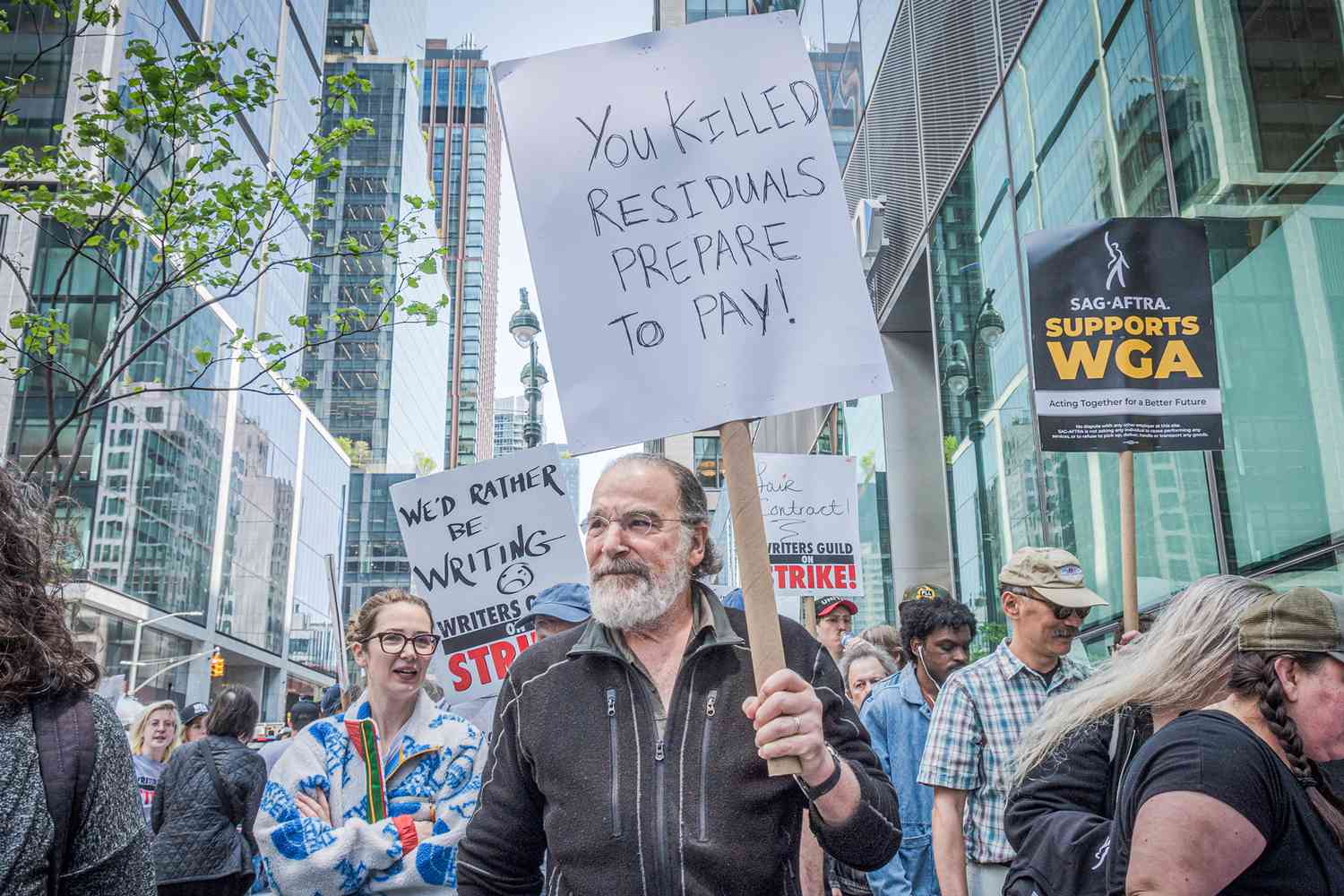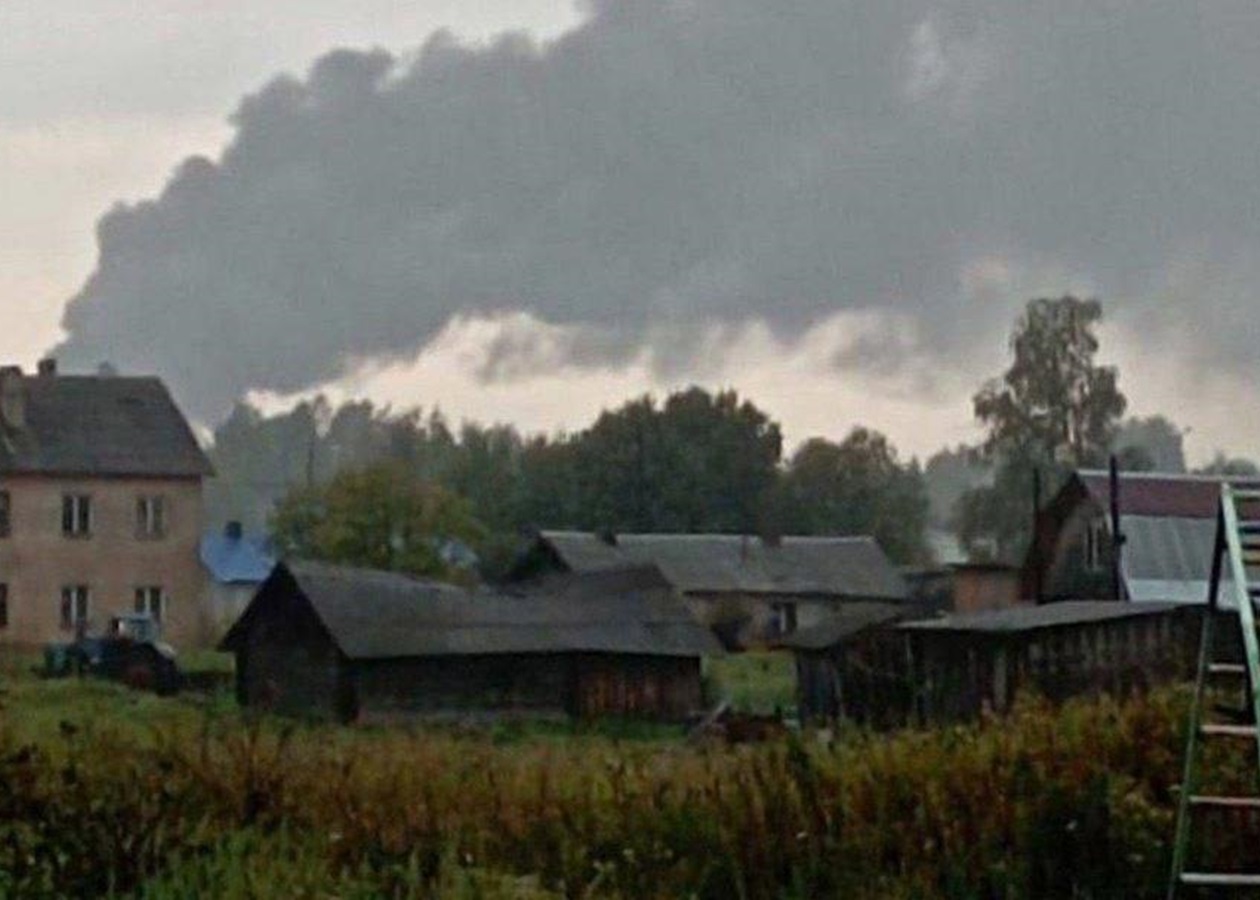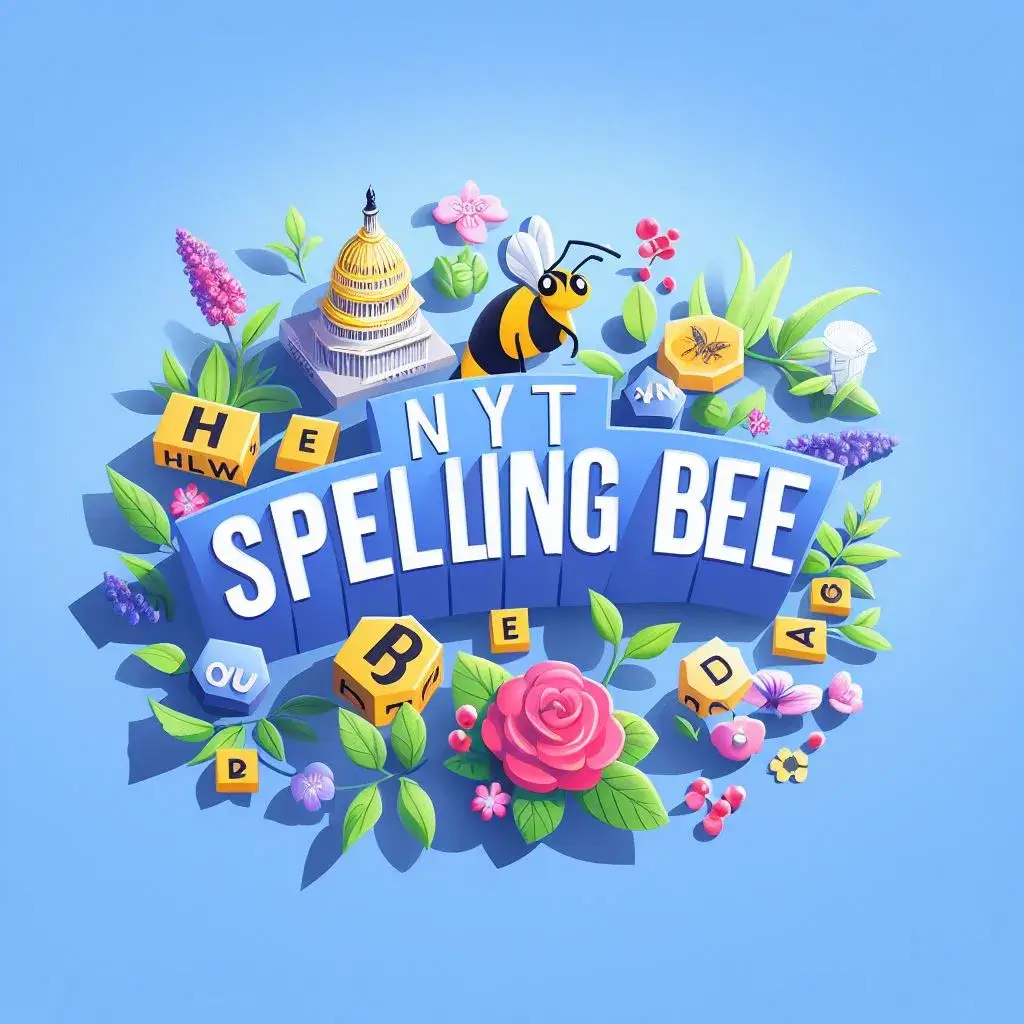WGA And SAG-AFTRA Strike: A Complete Hollywood Shutdown

Table of Contents
The Core Issues Fueling the WGA and SAG-AFTRA Strike
The dual WGA and SAG-AFTRA strikes are fueled by a confluence of critical issues threatening the livelihoods and working conditions of writers and actors. These concerns extend beyond simple compensation and delve into the fundamental restructuring of the entertainment industry in the streaming era.
Fair Wages and Residuals in the Streaming Era
The shift from traditional television models to streaming platforms has significantly altered the compensation landscape for writers and actors. Traditional television relied on a system of residuals—payments made to writers and actors each time their work aired in syndication or rerun. Streaming platforms, however, often offer significantly lower or even no residuals, despite the vast reach and profitability of their services.
- Discrepancies in Residual Payments: A writer who pens an episode of a network television show might receive substantial residuals over the years as the show airs repeatedly in syndication. The same writer creating an episode for a streaming service, however, might receive a comparatively tiny one-time payment, regardless of the show's success and viewership.
- Profit-Sharing Models: The unions are pushing for fairer profit-sharing models that reflect the immense profitability of streaming platforms and the value of their creative contributions. The current model often leaves writers and actors with minimal financial benefit from a show's success, even blockbuster hits.
- Examples of Low Residuals: While specific figures are often kept confidential due to contract negotiations, many high-profile shows have been cited as examples where the actors and writers received remarkably low residuals compared to their traditional counterparts, despite attracting massive audiences.
The Threat of AI in the Entertainment Industry
The rapid advancement of artificial intelligence (AI) presents a significant threat to the jobs and creative control of writers and actors. AI tools are increasingly being used to generate scripts, create dialogue, and even mimic actors' performances, raising concerns about job displacement and the devaluation of human creativity.
- AI in Screenwriting and Acting: AI-powered tools can already generate basic scripts and even adapt existing ones, potentially reducing the demand for human writers. Similarly, AI is being used to create digital versions of actors, raising concerns about replacing actors altogether.
- Concerns Regarding AI Usage: Both the WGA and SAG-AFTRA demand safeguards against the unauthorized use of their work to train AI models and insist on fair compensation when AI is utilized in production. They advocate for strong regulations and contractual protections to prevent the erosion of human creative roles.
- Job Security and Creative Control: The unions' primary concern is that AI could undermine job security and creative control. The ability of AI to create content quickly and cheaply could diminish the value of human talent and lead to a decline in employment opportunities.
- Examples of AI Tools: Several AI writing and acting tools are already available, and their sophistication is rapidly improving, fueling the unions' concerns.
Working Conditions and Health Insurance
Writers and actors often face grueling working conditions, including long hours, demanding schedules, and precarious employment. The current system often falls short in providing adequate healthcare benefits and reasonable work-life balance.
- Long Hours and Demanding Schedules: The production demands of television and film can be incredibly strenuous, requiring writers and actors to work long and irregular hours.
- Health Insurance Concerns: Many actors and writers find affordable health insurance coverage to be a major challenge, particularly those employed on short-term projects or without consistent work.
- Demands for Improved Working Conditions: The unions are fighting for improvements in working conditions, including reasonable working hours, mandatory rest periods, and better health insurance coverage. Specific examples include demands for increased crew size and reduced pressure to work excessive overtime.
- Impact of the Streaming Model: The shorter seasons and faster production schedules common in the streaming model exacerbate existing issues, leaving less time for proper preparation, rehearsal, and adequate rest.
The Impact of the Hollywood Strike
The Hollywood strike's impact reverberates far beyond the picket lines, affecting various sectors of the economy and the overall landscape of the entertainment industry.
Economic Fallout
The strike has brought significant economic losses to production companies, studios, and businesses that rely on the entertainment industry.
- Financial Losses: Estimates of lost revenue from the combined WGA and SAG-AFTRA strikes are already in the billions of dollars, potentially impacting countless local businesses.
- Impact on Local Economies: Cities like Los Angeles, which are heavily reliant on film and television production, experience significant economic hardship due to the disruption.
- Job Losses Beyond Entertainment: The ripple effects extend beyond the entertainment industry itself, impacting catering services, transportation, and numerous other businesses that support film and television productions.
Delay of Film and Television Projects
Numerous high-profile film and television projects have been delayed or indefinitely postponed due to the strike.
- High-Profile Delays: Several major film and television productions, including anticipated sequels, series, and new releases, have been halted, creating significant disruption in release schedules.
- Impact on Release Schedules: The delays are causing significant disruptions in the release schedules for studio films and television programming, potentially leading to shifts in marketing strategies.
- Ripple Effect on Post-Production: Even projects that were completed before the strike are facing delays in post-production as editors, sound designers, and other specialists are directly or indirectly affected.
Public Perception and Support
Public opinion regarding the strike is largely sympathetic, with many people recognizing the fair demands of the unions.
- Public Opinion: Polls indicate substantial public support for the writers and actors, understanding the need for fair compensation and improved working conditions.
- Support for WGA and SAG-AFTRA: Celebrities and public figures have largely voiced their support for the striking unions, raising public awareness of the issues.
- High-Profile Celebrity Support: Many prominent actors and writers have publicly championed the cause of the strikes, lending their voices to the broader public discourse.
Potential Resolutions and the Future of the Entertainment Industry
The ongoing negotiations between the unions and the Alliance of Motion Picture and Television Producers (AMPTP) are crucial for determining the outcome of the strike and the future of the entertainment industry.
Negotiations and Potential Outcomes
The AMPTP and the unions are engaged in ongoing negotiations, with each side striving to achieve a fair and mutually acceptable outcome.
- Ongoing Negotiations: The specifics of the negotiations remain largely confidential, although certain key points of contention, like AI usage and residual payments, are frequently discussed.
- Potential Compromises and Concessions: Both sides will likely need to make compromises and concessions to reach a resolution. The precise nature of these compromises remains to be seen.
- Likelihood of Resolution: The length of the strike hinges on the willingness of both parties to find common ground and negotiate in good faith.
The Future of the Entertainment Industry
The outcome of the strike will undoubtedly reshape the future of the entertainment industry.
- Changes to Contracts and Working Conditions: New contracts and agreements could significantly alter the compensation models, working conditions, and the overall relationship between studios and creative talent.
- Impact on Creative Production and Consumption: The long-term implications for the quantity and quality of creative work remain uncertain, as the strike highlights fundamental structural issues within the industry.
- Long-Term Impact: The WGA and SAG-AFTRA strikes are likely to trigger significant changes in the way the entertainment industry operates for years to come.
Conclusion
The WGA and SAG-AFTRA strike represents a pivotal moment in the history of Hollywood. The core issues of fair wages, the threat of AI, and improved working conditions are critical for the future of the entertainment industry and the people who create it. The impact of this shutdown is far-reaching, impacting not only actors and writers but also the broader economy. Understanding the intricacies of the WGA and SAG-AFTRA strike is crucial for anyone interested in the future of film and television. Stay informed about developments and support the ongoing fight for fair treatment in the entertainment industry. Learn more about the Hollywood strike and how you can get involved.

Featured Posts
-
 V Sotsseti X Stiven King Atakoval Ilona Maska
May 10, 2025
V Sotsseti X Stiven King Atakoval Ilona Maska
May 10, 2025 -
 Nyt Spelling Bee Solutions April 4 2025 Hints And Answers
May 10, 2025
Nyt Spelling Bee Solutions April 4 2025 Hints And Answers
May 10, 2025 -
 Vegas Golden Knights Defeat Columbus Blue Jackets Hill Makes 27 Saves
May 10, 2025
Vegas Golden Knights Defeat Columbus Blue Jackets Hill Makes 27 Saves
May 10, 2025 -
 Melanie Griffith And Siblings Join Dakota Johnson At Materialist Screening
May 10, 2025
Melanie Griffith And Siblings Join Dakota Johnson At Materialist Screening
May 10, 2025 -
 Nigeria Pakistan Face Uk Visa Application Changes
May 10, 2025
Nigeria Pakistan Face Uk Visa Application Changes
May 10, 2025
